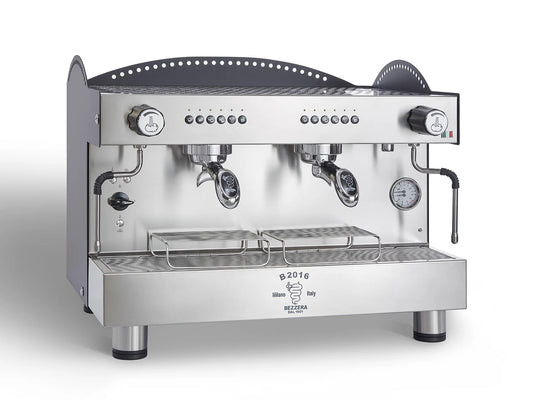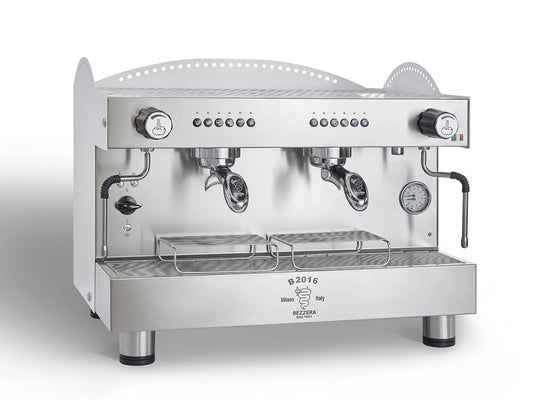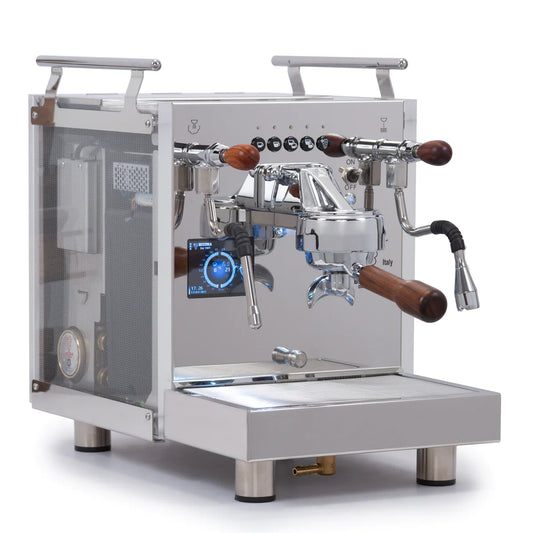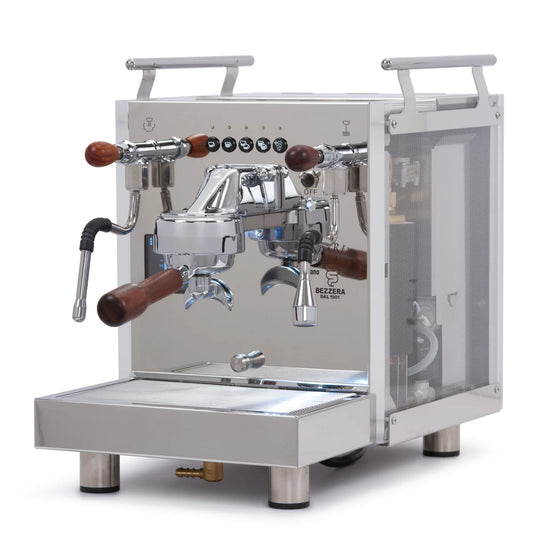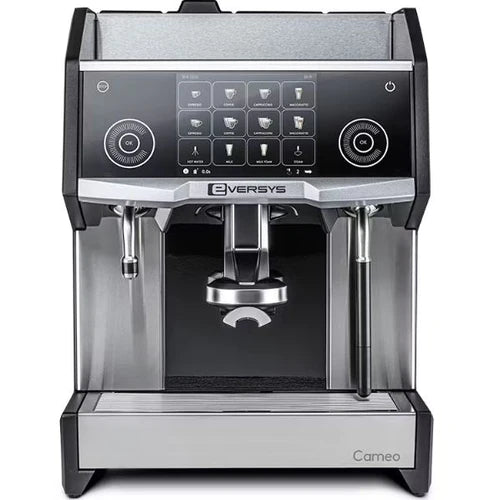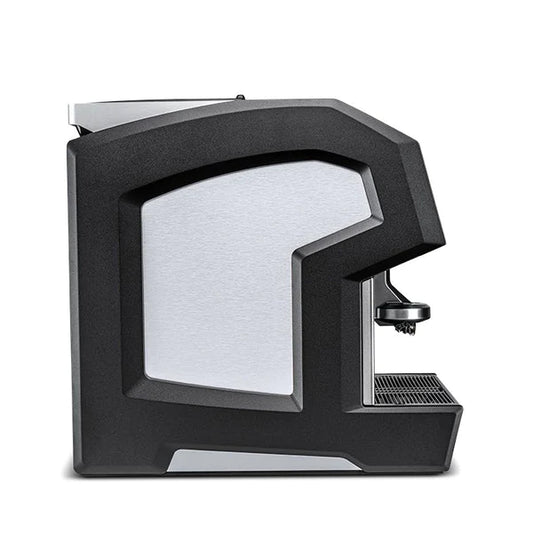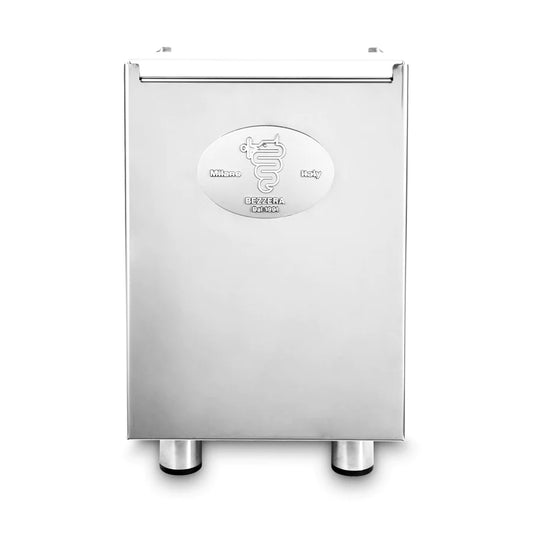How to Remove Static from Coffee Grinder: Effective Tips and Techniques
Table of Contents
- Introduction
- The Science Behind Coffee Grinder Static
- Factors Contributing to Static Electricity in Coffee Grinders
- Practical Tips to Reduce Static Cling
- Product Recommendations for Static-Free Grinding
- Conclusion
Introduction
Have you ever experienced the frustration of coffee grounds mysteriously scattering across your kitchen counter after grinding? This common annoyance, often attributed to static electricity, can turn the simple joy of brewing into a messy ordeal. In fact, a surprising number of coffee enthusiasts have encountered this problem, leading many to search for effective solutions.
Understanding the science behind this static cling phenomenon is crucial. When coffee beans are ground, they generate a small electric charge due to friction between the beans and the grinder’s metal burrs. This electrical charge causes the finely ground particles to cling to surfaces, resulting in a frustrating cleanup.
In this blog post, we will delve into the various methods to reduce or eliminate static from your coffee grinder. By the end, you will not only understand the underlying causes of this issue but also discover practical solutions to enhance your coffee grinding experience.
We will cover the following aspects:
- The science behind coffee grinder static
- Factors contributing to static electricity in coffee grinders
- Practical tips to reduce static cling
- Product recommendations for static-free grinding
- Conclusion and FAQs
Together, we will explore effective strategies that can transform your coffee grinding routine, ensuring that your freshly ground coffee ends up where it belongs— in your cup, not on your counter.
The Science Behind Coffee Grinder Static
To grasp how to remove static from coffee grinder effectively, we must first understand the science that contributes to this phenomenon. The primary culprit is static electricity, which is generated when two surfaces come into contact and then separate. In the case of coffee grinders, the contact occurs between the coffee beans and the metal burrs.
How Static Electricity Forms
When coffee beans are ground, they experience friction against the grinder's burrs, leading to a transfer of electrons. This transfer creates a slight electrical charge on the coffee particles, causing them to repel or attract each other and other surfaces. The result is that the ground coffee clings to the grinder's components and creates a mess when you try to remove it.
Implications for Coffee Brewing
Static not only leads to a messy kitchen but can also affect the quality of your coffee. When static electricity causes grounds to clump together, it can create uneven particle sizes. This inconsistency can hinder proper extraction during brewing, resulting in a less flavorful cup of coffee. Therefore, addressing static cling is essential for both cleanliness and the quality of your brew.
Factors Contributing to Static Electricity in Coffee Grinders
Several factors can influence the amount of static electricity generated during the grinding process. Understanding these factors can help us mitigate their effects and achieve a more efficient grinding experience.
1. Humidity Levels
Humidity plays a significant role in static electricity. In dry environments, static buildup is more prevalent because moisture helps dissipate electrical charges. Therefore, if you live in a particularly arid climate, you may experience more static cling in your coffee grinder. Conversely, higher humidity levels can minimize static, making it easier to manage the mess.
2. Material of the Grinder Components
The materials used in the construction of your grinder can also affect static buildup. Plastic components tend to insulate static electricity, exacerbating the problem. On the other hand, metal components can help dissipate electrical charges more effectively. While most coffee grinders on the market feature plastic grounds chambers, some high-end models utilize metal to alleviate static issues.
3. Type of Coffee Beans
The type of coffee beans you use can also impact static electricity. Freshly roasted beans tend to retain more moisture compared to older beans, which may lead to less static. Additionally, the oil content in various coffee beans can influence how they interact with the grinder, affecting static generation.
Practical Tips to Reduce Static Cling
Now that we have a grasp of the science and contributing factors, let’s delve into practical tips to effectively reduce static cling in your coffee grinder.
1. Allow Time for Dissipation
One of the simplest and most effective methods is to allow the static to dissipate naturally. After grinding, wait for a few minutes before removing the grounds chamber. This waiting period allows time for the electrical charges to neutralize. Even a brief pause can significantly reduce the amount of static cling you experience.
2. Tap the Grinder
Before opening the grounds chamber, gently tap it against a counter or tabletop. This action can help dislodge any clinging coffee particles, allowing them to settle at the bottom of the chamber. Combining this technique with a waiting period can yield excellent results.
3. Use a Wet Spoon or Spray Bottle
Introducing a small amount of moisture can help combat static. One effective method is to use a damp spoon handle to stir the coffee beans before grinding. This technique allows for an even distribution of moisture without over-saturating the beans. Alternatively, you can lightly spritz the beans with water using a spray bottle. The key is to use just enough moisture to dampen the beans slightly without making them soggy.
4. Choose Anti-Static Coffee Grinders
If static cling remains a persistent issue, consider investing in a coffee grinder designed with anti-static features. Some newer models incorporate technology, such as built-in ionizers, to neutralize static charges and minimize mess during grinding. These grinders can provide a more efficient and hassle-free experience.
5. Experiment with Bean Storage
Proper storage of coffee beans can also make a difference. Keep beans in an airtight container to maintain their freshness and moisture content. This practice can help reduce static buildup during grinding and ensure you get the best flavor from your coffee.
Product Recommendations for Static-Free Grinding
While implementing the aforementioned tips can significantly reduce static cling, the right equipment can further enhance your coffee grinding experience. Here are some recommended products from Coffee Machine Supply that can help you achieve a static-free grind:
Espresso Machines
Investing in a high-quality espresso machine can elevate your coffee experience. For those looking to explore our collection of espresso machines, check out our Espresso Machines page.
Coffee Grinders
A reliable coffee grinder is essential for achieving the perfect grind. Our selection of premium coffee grinders is designed to minimize static and enhance performance. Explore our range of Coffee Grinders to find the ideal model for your needs.
Beverage Systems
Consider upgrading your beverage system to streamline your coffee preparation process. Our collection of Beverage Systems offers innovative solutions that can help you achieve a better brewing experience.
Refrigerated Merchandisers
If you're operating in a commercial environment, a refrigerated merchandiser can help keep your coffee and other beverages at optimal temperatures. Check out our selection of Refrigerated Merchandisers for top-quality options.
Conclusion
Static electricity in coffee grinders can be a nuisance, but it doesn’t have to ruin your coffee experience. By understanding the science behind static cling and implementing practical solutions, you can significantly reduce the mess and enhance your brewing process.
Remember to allow time for static dissipation, utilize simple techniques like tapping and dampening, and consider investing in high-quality equipment to mitigate static issues. With the right knowledge and tools, you can enjoy a cleaner, more efficient coffee grinding experience.
FAQs
1. Why does my coffee grinder produce static?
Static is produced when coffee beans grind against the metal burrs, creating friction that generates an electrical charge. This charge causes the ground coffee to cling to surfaces.
2. How can I minimize static in my coffee grinder?
You can minimize static by allowing time for static dissipation, tapping the grinder before opening, using a damp spoon or spray bottle, and choosing grinders with anti-static features.
3. Does humidity affect coffee grinder static?
Yes, higher humidity levels can reduce static electricity, while drier environments tend to increase it.
4. Are there coffee grinders specifically designed to reduce static?
Yes, some modern coffee grinders include anti-static mechanisms, such as ionizers, to help minimize static cling during grinding.
5. How does static in coffee affect brewing?
Static can cause grounds to clump together, leading to uneven extraction during brewing, which can result in a less flavorful cup of coffee.
By addressing static cling effectively, you can elevate your coffee experience and ensure that your freshly ground coffee makes it into your cup, not onto your counter. Happy grinding!

